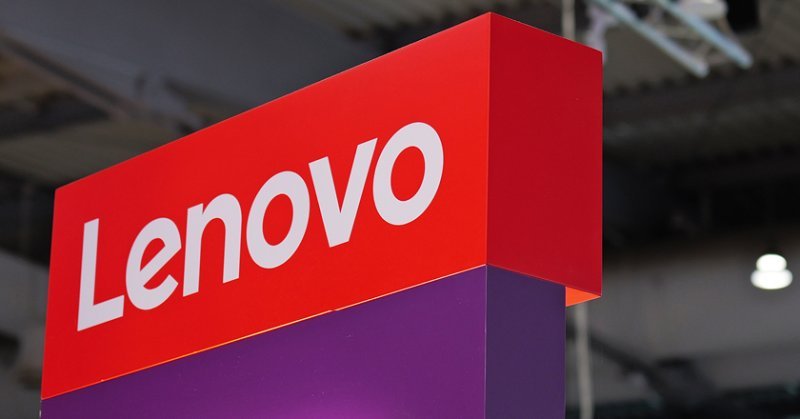As higher education adapts to artificial intelligence’s impact, colleges and universities face the challenge of affording the computing power necessary to implement AI changes. The National Research Platform (NRP), a federally funded pilot program, is trying to solve that by pooling infrastructure across institutions.
Running large language models or training machine learning systems requires powerful graphics processing units (GPUs) and maintenance by skilled staff, Frank Würthwein, NRP’s executive director and director of the San Diego Supercomputer Center, said. The demand has left institutions either reliant on temporary donations and collaborations with tech companies, or unable to participate at all.
“The moment Google no longer gives it for free, they’re basically stuck,” Würthwein said.
Cloud services like Amazon Web Services and Azure offer these tools, he said, but at a price not every school can afford.
Traditionally, universities have tried to own their own research computing resources, like the supercomputer center at the University of California, San Diego (UCSD). But individual universities are not large enough to make the cost of obtaining and maintaining those resources cost-effective.
“Almost nobody has the scale to amortize the staff appropriately,” he said.
Even UCSD has struggled to keep its campus cluster affordable. For Würthwein, scaling up is the answer.
“If I serve a million students, I can provide [AI] services for no more than $10 a year per student,” he said. “To me, that’s free, because if you think about in San Diego, $10 is about a beer.”
A NATIONAL APPROACH
NRP adds another option for acquiring AI computing resources through cross-institutional pooling. Built on the earlier Pacific Research Platform, the NRP organizes a distributed computing system called the Nautilus Hypercluster, in which participating institutions contribute access to servers and GPUs they already own.
Würthwein said that while not every college has spare high-end hardware, many research institutions do, and even smaller campuses often have at least a few machines purchased through grants. These can be federated into NRP’s pool, with NRP providing system management, training and support. He said NRP employs a small, skilled staff that automates basic operations, monitors security and provides example curricula to partner institutions so that campuses don’t need local teams for those tasks.
The result is a distributed cloud supercomputer running on community contributions. According to a March 2025 slide presentation by Seungmin Kim, a researcher from the Yonsei University College of Medicine in Korea, the cluster now includes more than 1,400 GPUs, quadruple the initial National Science Foundation-funded purchase, thanks to contributions from participating campuses.
Since the project’s official launch in March 2023, NRP has onboarded more than 50 colleges and 84 geographic sites, according to Würthwein. NRP’s pilot goal is to reach 100 institutions, but he is already planning for 1,000 colleges after that, which would provide AI access to 1 million students.
To reach these goals, Würthwein said, NRP tries to reach both IT staff who manage infrastructure and faculty who manage curriculum. Regional research and education networks, such as California’s CENIC, connect NRP with campus CIOs, while the Academic Data Science Alliance connects with leaders on the teaching side.
WHAT STUDENTS AND FACULTY SEE
From the user side, the system looks like a one-stop cloud environment. Platforms like JupyterHub and GitLab are preconfigured and ready to use. The platform also hosts collaboration tools for storage, chats and video meetings that are similar to commercial offerings.
Würthwein said the infrastructure is designed so students can log in and run assignments and personalized learning tools that would normally require expensive computing resources.
“At some point … education will be considered subpar if it doesn’t provide that,” he said. “Institutions who have not transitioned to provide education like this, in this individualized fashion for every student, will fundamentally offer a worse product.”
For faculty, the same infrastructure supports research. Classroom usage tends to leave servers idle outside of peak times, leaving capacity for faculty projects. NRP’s model expects institutions to own enough resources to cover classroom needs, but anything unused can be pooled nationally. This could allow even teaching-focused colleges with modest resources to offer AI research experiences previously out of reach.
According to Kim’s presentation, researchers have used the platform to predict the efficiency of gene editing without lab experimentation and to map and detect wildfire patterns.
The system has already enabled collaboration beyond its San Diego campus. At Sonoma State University, faculty are working with a local vineyard to pair the system with drones, robotics and AI to enable vineyard management, Würthwein said. Making AI for classroom applications, enhancing research and enabling industry collaboration at more higher-education institutions is the overall goal.
“To me, that is the perfect trifecta of positive effects,” he said. “This is ultimately what we’re trying to achieve.”






















